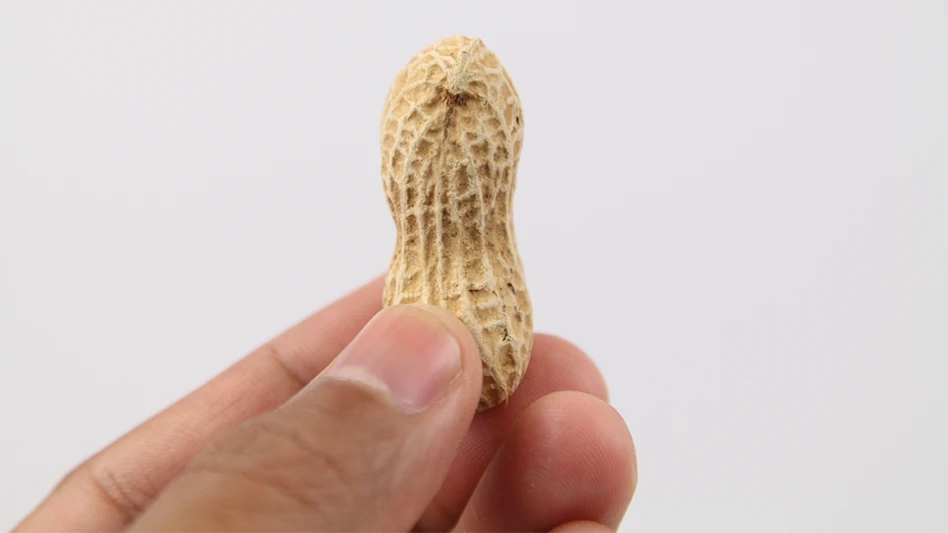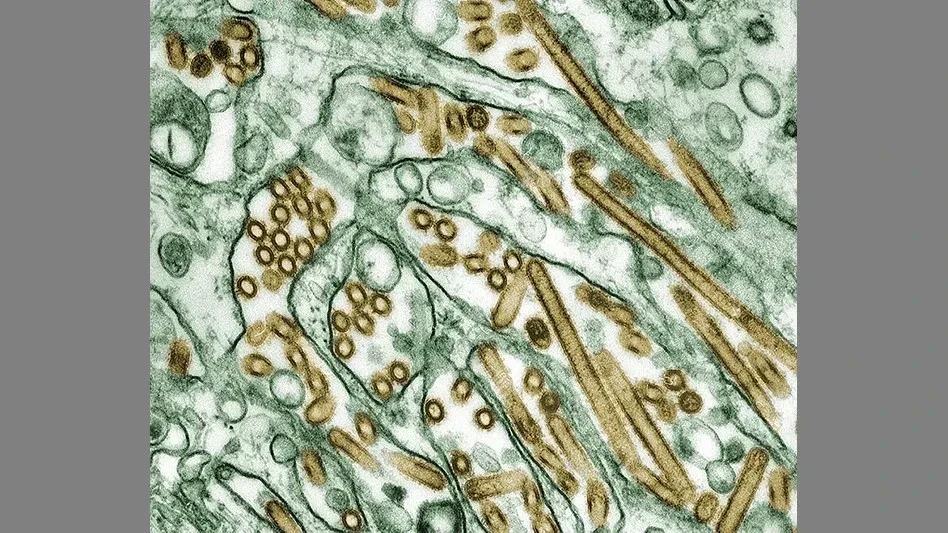Throughout food processing plants, electronic scales are used to verify weights of ingredients blended at each manufacturing step, assure precise finished product volumes declared on the package label, track the amount of in-process scrap sent to the landfill or hog farm, and for a variety of daily quality assurance checks.
Regardless of a scale’s size, make and model, two characteristics that all electronic scales have in common are: 1) all scales must be calibrated for accuracy on a precise schedule, and 2) electronic scales are difficult to clean without affecting that calibration. As with most other food processing equipment, sanitary design and proper installation of electronic scales help to facilitate sanitation. Poorly designed (and installed) electronic scales are difficult to clean and are highly susceptible to insect infestation.
CONDUCIVE CONDITIONS. Platform scales are common insect resource sites that must be included on the master sanitation schedule. Some platform scales can be picked up with a forklift and moved, providing sanitation and pest control access to the floor beneath. However, many large electronic scales are bolted directly to the floor for safety reasons. Food scraps that accumulate on the floor beneath such a scale, and crevices in the framework or voids created between the various elements of construction, serve as resource sites for cockroaches, stored product insects and ants.
Moisture can come from seepage through the concrete floor or floor scrubbing near the scale, and if this trapped debris becomes wet, vinegar flies, hairy fungus beetles and similar mold-feeding insects can develop there. Some floor scales are even built into the floor, with a large pit beneath the scale platform. Such a large subfloor void adds another dimension to the sanitation difficulty and insect-susceptibility of electronic scales.
Sanitation standard operating procedures will vary from plant to plant, and also are a function of the type of scale used and how it is installed. However, the following general considerations cannot be overlooked in any scale sanitation and pest control program.
DETAIL YOUR SCALE. Operational (aesthetic) cleaning around the scale must be ongoing since floor spillage is a slip hazard and accumulations on the scale can affect its accuracy. Operators should be held responsible to perform general cleaning tasks throughout the day or at the end of their production shift. Detail cleaning must be performed by trained sanitors, and should be scheduled around the specific insect and microbial risk factors involved. For instance, mold may develop in wet organic debris in a matter of days, and mold-feeding insects such as phorid flies and Drosophila complete their development in about nine days. On the other hand, many stored product insects such as cigarette beetles, Indian meal moths and warehouse beetles develop in 30-45 days under ideal conditions.
Depending on the risk factors involved some floor scales may have to be detail cleaned weekly, while others may only require attention once a month. Evaluate insect and microbial risks around each floor scale in the plant (e.g., the type of spillage, frequency of equipment use and its availability for sanitation, visual inspections, historical evidence and current pest activity logs), then develop an appropriate cleaning cycle for these devices.
BEWARE COMPRESSED AIR. If the scale is mounted directly to the floor debris can be difficult to access. At the same time, any spillage trapped in the framework or on inaccessible ledges can add to the sanitation burden. There is a strong temptation to use compressed air to clean under such circumstances. For the most part, compressed air is not considered a sanitation tool because it moves debris rather than removing it, but in limited situations, air can be helpful. Air is especially useful on essential equipment that cannot be powered down, around difficult-to-clean food processing equipment with moving parts that pose a personal safety risk, inaccessible voids and crevices resulting from poor sanitary design, and sensitive equipment that might be harmed by direct contact with conventional sanitation tools.
Under such difficult sanitation situations, air wands can be used to flush debris out into the open and then removed with a broom or vacuum system. Where compressed air is used, however, it must satisfy all personal and product safety requirements. The goal is to dislodge difficult-to-reach debris and move it into the open for removal, while minimizing any airborne debris or blasting it further into the equipment.
BEYOND INSECTICIDES. Routine applications with approved residual insecticides should be a part of any scale sanitation/pest management program. However, insecticide applications are a supplement to, not a replacement for, frequent detail sanitation. Insects living under soiled conditions more readily survive insecticide applications that would otherwise be toxic to them. Scientists do not fully understand the mechanism behind this survival. Perhaps dust-covered insects are more insulated from the toxic effect of insecticides, or well-fed insects may be able to break down insecticides through their more-robust metabolism.
Whatever the reason behind this survival, organic spills will absorb insecticide applications like a sponge, and prevent intimate and sustained contact between the insect and the toxic residue. Label-directed pesticide applications must be made around floor scales, but these must be coordinated with sanitation.
When unmanaged, floor scales provide all the resource necessities that insects require. Scales must be included on the master sanitation schedule, and cannot be overlooked by the pest control contractor.
The author is a consulting entomologist.

Explore the August 2007 Issue
Check out more from this issue and find your next story to read.
Latest from Quality Assurance & Food Safety
- Nestlé Opens Arizona Beverage Factory and Distribution Center
- Ingredion Invests $100 Million in Indianapolis Plant to Improve Efficiency, Enable Texture Solutions Growth
- Eagle Unveils Redesigned Pipeline X-ray System
- USDA Invests Up To $1 Billion to Combat Avian Flu, Reduce Egg Prices
- Washington Cats Confirmed with HPAI as Investigation into Contaminated Pet Food Continues
- USDA Confirms Bird Flu Detected in Rats in Riverside
- Kyle Diamantas Named FDA’s Acting Deputy Commissioner for Human Foods
- QA Exclusive: Food Safety Leaders React to Jim Jones’ Departure, FDA Layoffs





